Today (December 20) is the 25th anniversary of Macau being given back to China.
The former Portuguese colony, the only place where gambling is legal in China, is preparing to celebrate the occasion in grand fashion.
This, amid China’s President Xi Jinping makes a three-day visit to Macau.
But how did Chinese rule return to Macau on December 20, 1999?
Let’s take a closer look
A brief look at Macau
First let’s take a brief look at Macau.
As per Britannica, Macau is on the Pearl River on China’s southern coast.
It is around 60 kilometers away from Hong Kong.
Macau is made up of a small narrow peninsula jutting out of the mainland province of Guangdong as well as the Taipa and Coloane islands.
The name Macau comes from China’s Ama-gao or “Bay of Ama” – named for the goddess of sailors.
According to BBC, the first inhabitants of Macau on record were those looking for shelter from the Mongols between 1127 and 1279.
Macau, before the Portuguese arrived, was a small fishing village with a population of around 400.
According to CIA.gov, Macau was first colonised by the Portuguese in the 16th century.
Portuguese captain Jorge Alvares first reached China in 1513.
Portuguese sailors managed to reach China by traversing the tip of Africa and sailing into the Indian Ocean basin.
It was the first settlement in the Far East by Europeans.
It wasn’t smooth sailing.
As per Thought.Co, Portugal took another two decades get permission from the emperor to gets its trading ships anchored in the harbours surrounding Macau.
Portuguese traders and sailors could not remain on Chinese land during the night – nor could they build any structures on Chinese soil.
Finally, in 1552, China gave the Portuguese permission to build drying and storage sheds for their goods.
Five years later, in 1557, Portugal was allowed to establish a trading settlement.
But none of this came cheap or easy.
Portugal gave China around 500 taels of silver (around 19 kilos) to the then regime.
Portugal viewed it as paying rent, but China thought of the money as tribute.
This created friction between the two parties.
In all, it had taken five decades for Portugal to establish its foothold in China – which would last for over 400 years.
In 1999, Macau was handed over to China.
It thus became the Macau Special Administrative Region of the People’s Republic of China.
China at the time vowed to administer Macau under its “One Country, Two Systems” formula – the same as Hong Kong.
China vowed that its political and economic system would not be imposed on the city and that Macau would enjoy a “high degree of autonomy” for the next 50 years – in all areas but foreign affairs and defence.
Today, Macau is the biggest gambling city in the world – far bigger than Las Vegas.
By the numbers
As per CIA.gov, Macau comprises just 28 square kilometres of land.
Its population, around 650,000, is overwhelmingly ethnic Chinese.
Of the total populace, 89.4 per cent are Chinese, 1 per cent are Portuguese, .08 per cent are Portuguese -Chinese, 0.2 per cent are non-Portuguese and others are 8.7 per cent.
A number of different languages are spoken, including Cantonese English, Mandarin, Tagalog and Portuguese.
However, an overwhelming majority, 81 per cent, speak Cantonese.
Its inhabitants’ religious affiliations are – folk religion 58.9 per cent, Buddhist 17.3 per cent, Christian 7.2 per cent, other 1.2 per cent and none 15 per cent.
The population grew at .67 per cent in 2024, as per CIA.gov.
Around 80 per cent of Macau’s tax comes from its casino industry.
Before it returned to China as a ‘special administrative region’, Macau had was administered under the colonial constitution passed in 1976.
It was run by a governor appointed by the President of Portugal – in concert with the Legislative Assembly.
Return to Chinese rule, handover day
As per Britannica, under the colonial constitution, the minority Portuguese were in complete control of Macau.
Relations were finally properly established between Portugal and China’s communist government only in 1979.
Then, in March 1984, the then Portuguese governor dissolved the assembly.
This came after some within the government opposed giving the Chinese majority the right to vote.
The next election, which came a few months later, was conducted after the Chinese were given suffrage.
It resulted in a number of Chinese officials being elected into the government.
Finally, in April 1987, Portugal and China concluded a pact to return Macau to Chinese rule on the lines of the Hong Kong Joint Declaration.
The declaration was signed by then Portuguese prime minister Anibal Cavaco Silva and Chinese premier Zhao Ziyang.
Finally, on December 20, 1999, it happened.
According to Sydney Morning Herald, at midnight in Macau, the Portuguese flag was lowered and the Chinese flag raised.
This ended 442 years of colonial rule in Macau.
The handover ceremony was attended by 2,500 local and foreigners.
Among the dignitaries were then Portuguese president Jorge Sampaio, then Chinese president Jiang Zemin and then Australian foreign minister Alexander Downer.
Sampaio, giving a speech, reiterated how the agreement defended the rights of the citizens of Macau.
Sampaio promised that the city would receive international standards of political, civil and economic rights and that democracy and freedom would be an “irreplaceable reality.”
Before the ceremony, the last governor of Macau, General Vasco Rocha Vieira, had given President Sampaio a grand tour of the city.
“We were navigators and discoverers and only as a result of this were we conquerors and colonisers,” Vieira said.
Meanwhile, many senior Portuguese officials were in a sombre mood as they departed from their homes and offices.
However, others were far happier to see the tiny garrison of People’s Liberation Army troops.
Crowds of well-wishers lined the streets when they crossed the border in trucks and headed for their barracks, as per the newspaper.
Xi hails Macau
Xi arrived in Macau on Wednesday to mark a quarter century of Beijing’s rule over the former Portuguese enclave, and is likely during his three-day visit to urge further diversification from its casino industry.
Xi’s trip to the world’s biggest gambling hub is his third as president, during which he will attend the inauguration of the territory’s new chief executive, elected in October. Xi last visited in 2019 when anti-government protests were rocking the neighbouring financial hub of Hong Kong.
Beijing has consistently praised Macau for its loyalty and stability, with more than half of its 700,000 population immigrating from China in recent decades.
The city was on high security ahead of Xi’s arrival on Wednesday, with several roads closed and Macau’s light rapid transit operator announcing the temporary closure of a key section.
Xi, who was greeted at Macau’s airport by dozens of cheering school children waving yellow and red flowers and lion dancers, said Macau was the “jewel of the motherland.”
“I have always been concerned about the development of this place and the well-being of all its residents,” he told the crowd, which included senior government officials and Macau’s current leader Ho Iat Seng.
“In the next few days, I will take a walk, have a look, and have extensive and in-depth exchanges with friends from all walks of life to discuss Macau’s development plans.”
Since he took office in 2013, Xi has called for the Macanese economy’s “appropriate diversification and sustainable development,” including casinos and the flow of funds across borders within a sweeping anti-corruption drive.
The move has throttled gambling revenues from the high roller VIP sector.
Xi will attend the inauguration of Macau’s new administration during his trip and “also conduct an inspection tour”, state news agency Xinhua reported.
Sam Hou-fai, the former president of Macau’s highest court, will be sworn in on Friday as the city’s fourth post-handover leader – and the first to be born in China and not have a background in business.
Sam has said Macau cannot rely solely on casinos – which account for 81 percent of government revenue – and noted the sector’s “barbaric expansion” over the years.
Macau saw just over 29 million visitor arrivals in the first 10 months of the year, compared with its resident population of 687,000 people.
With inputs from agencies


)
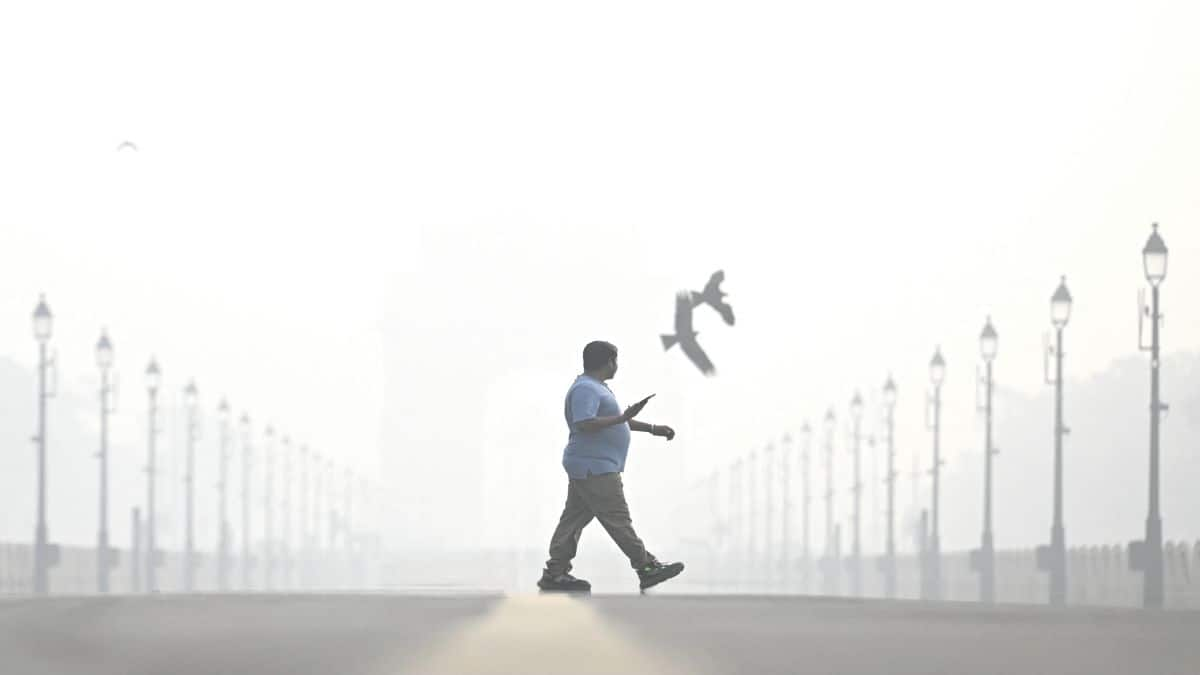
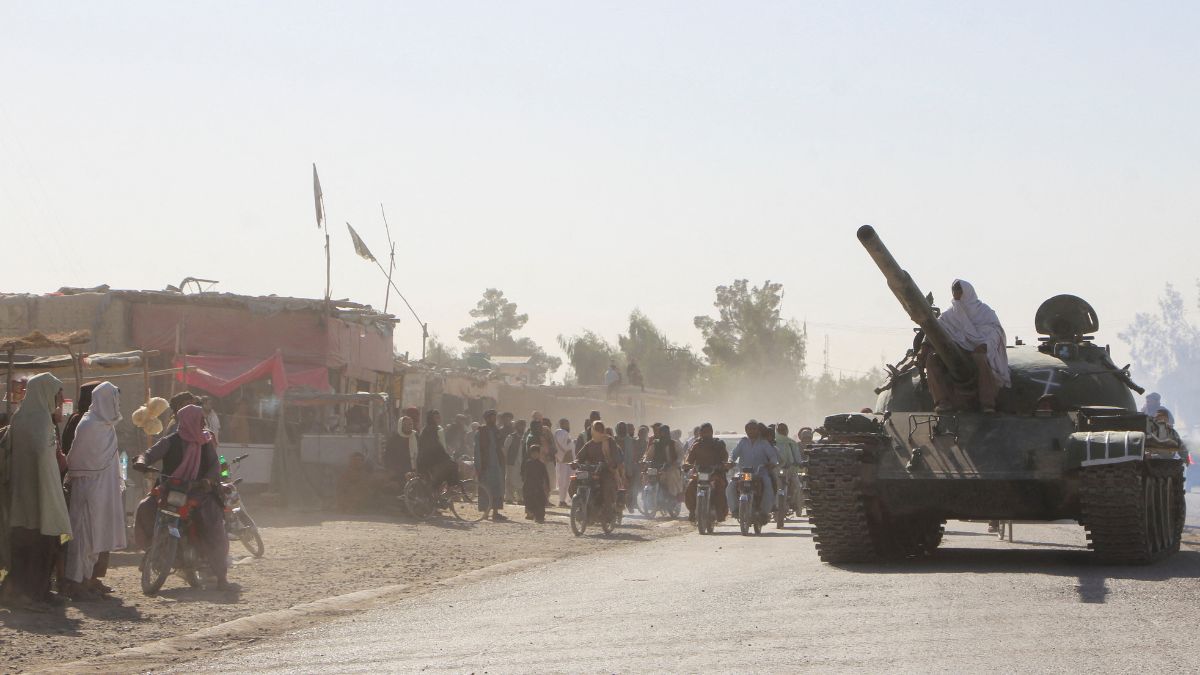)
)
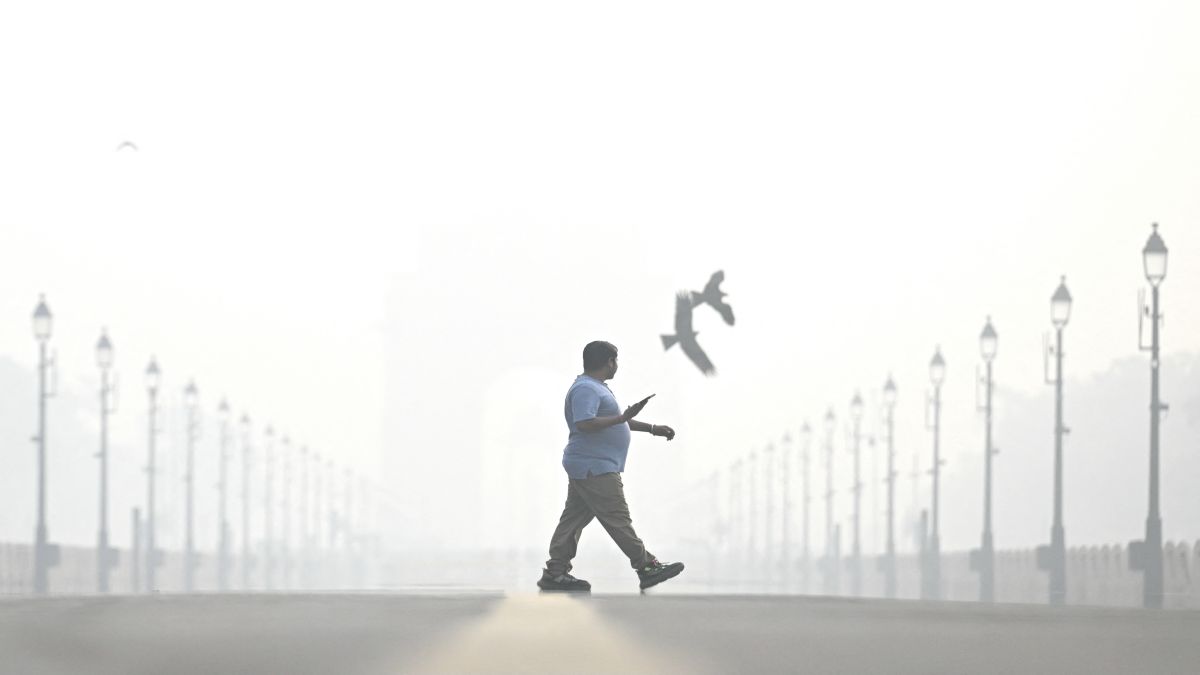)
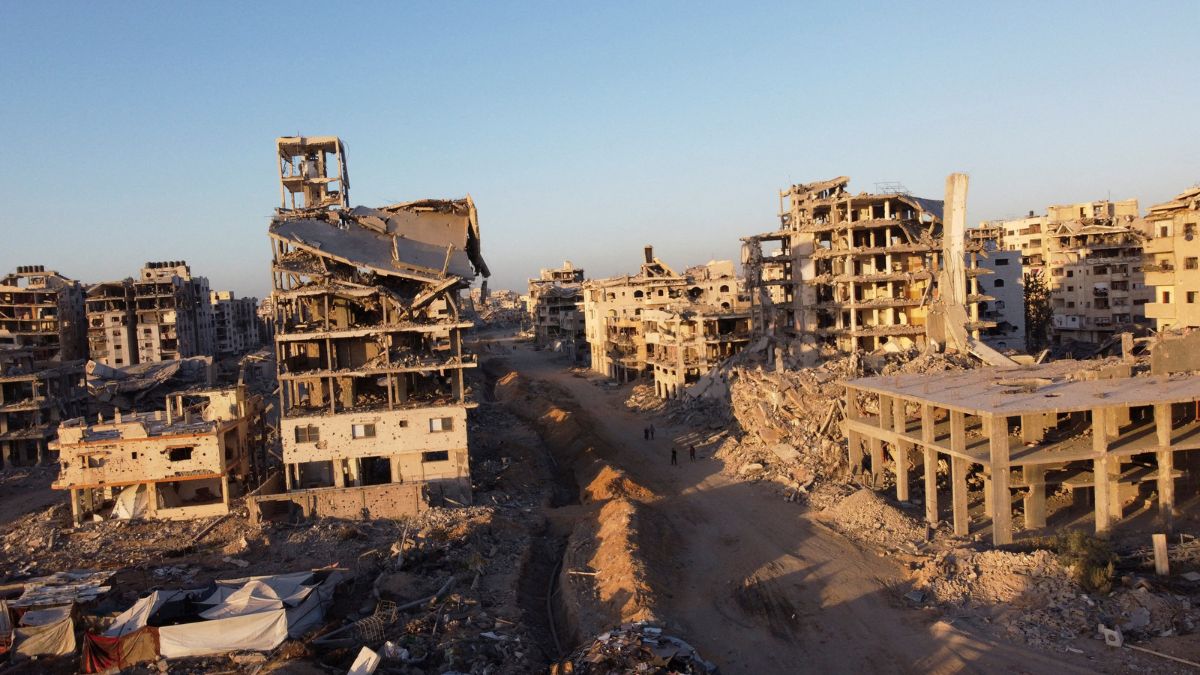)
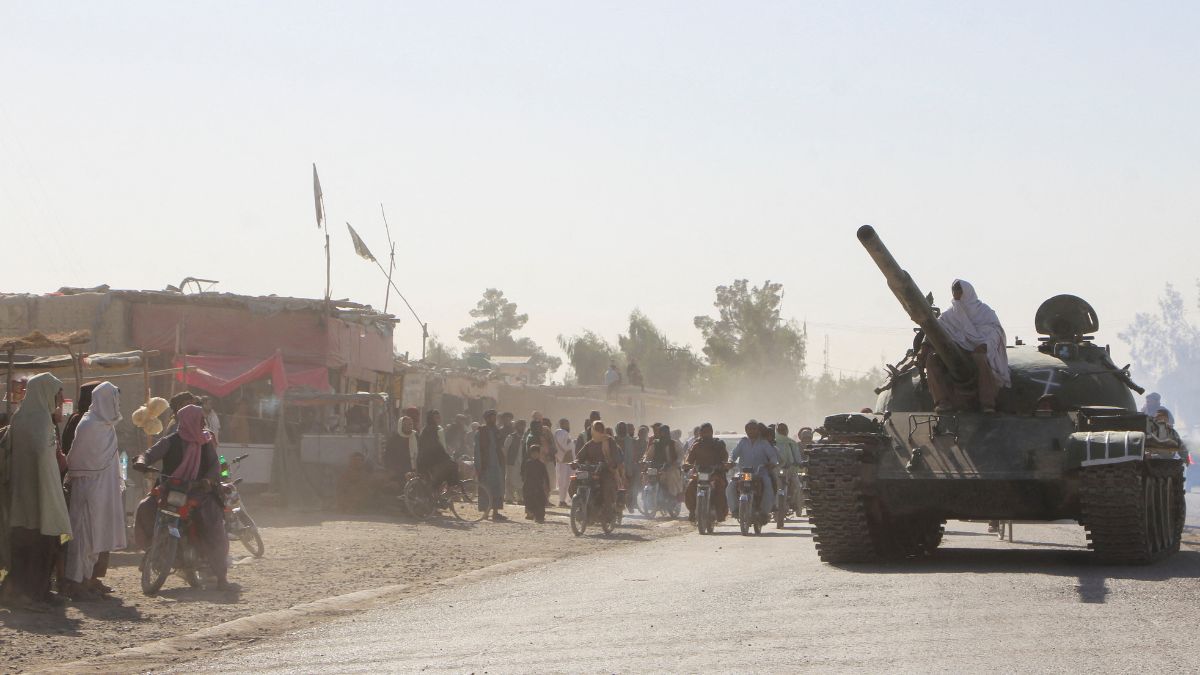)
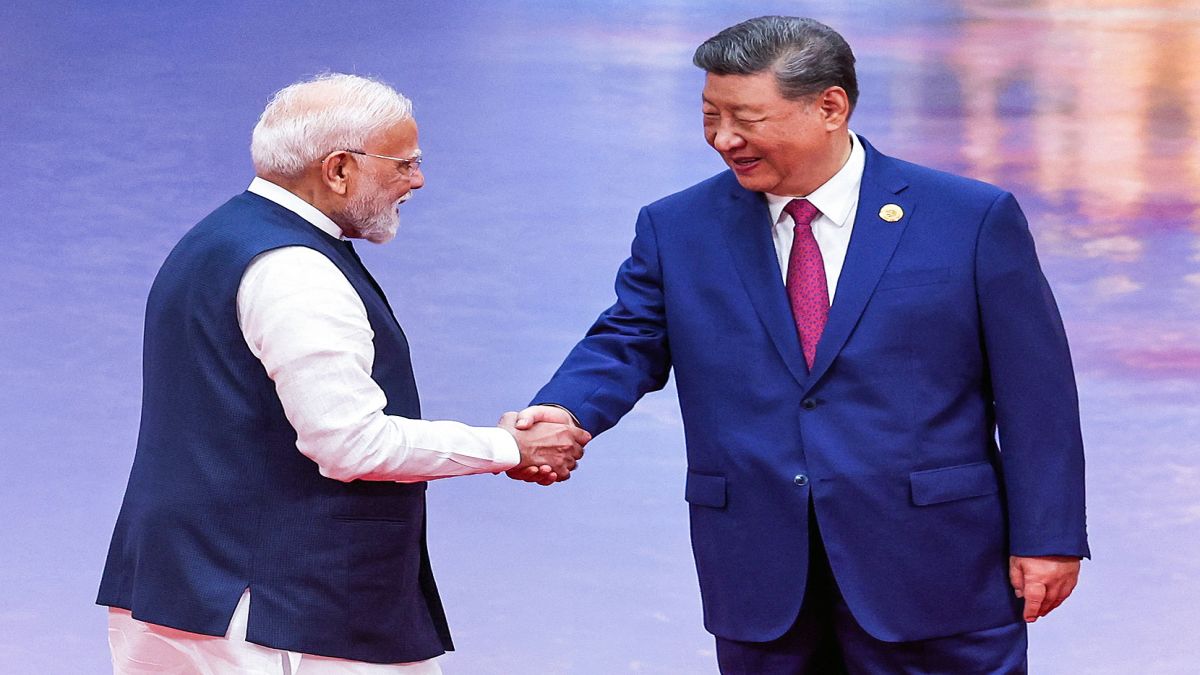)
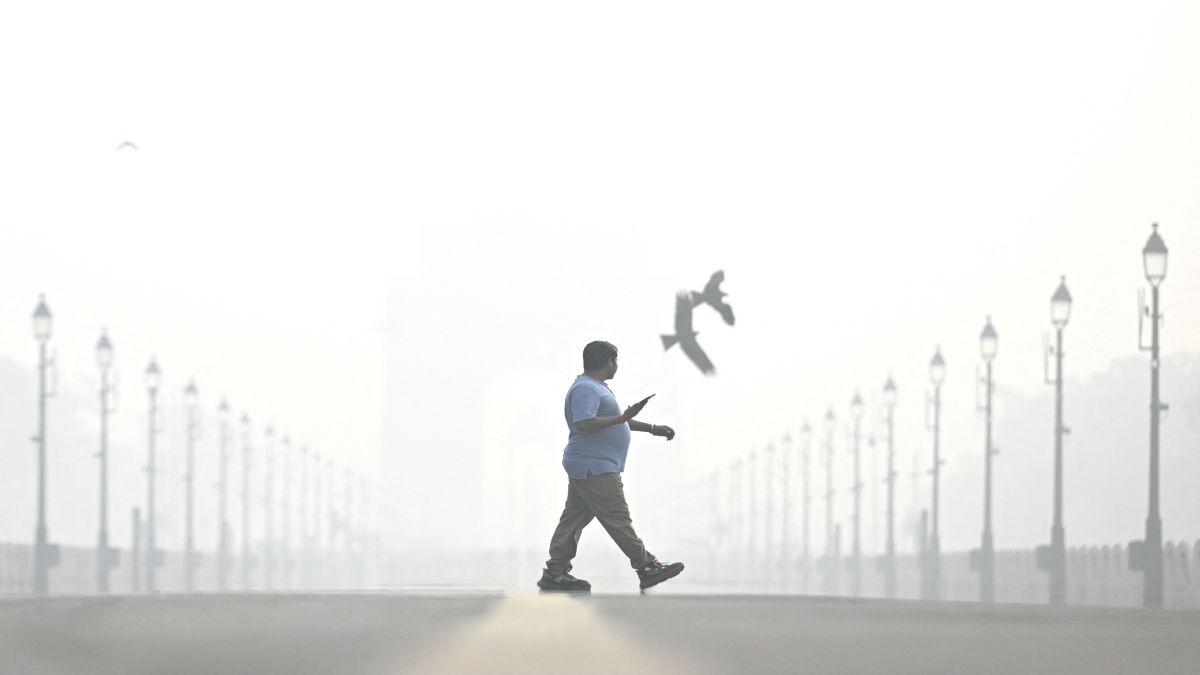)
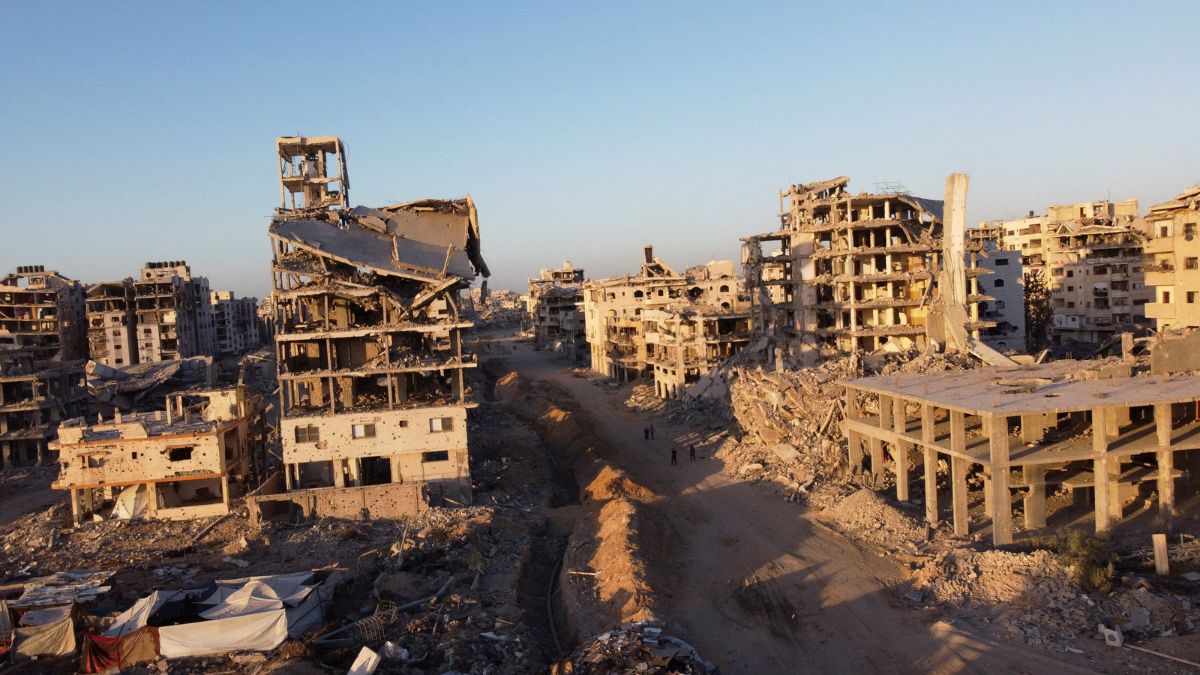)



